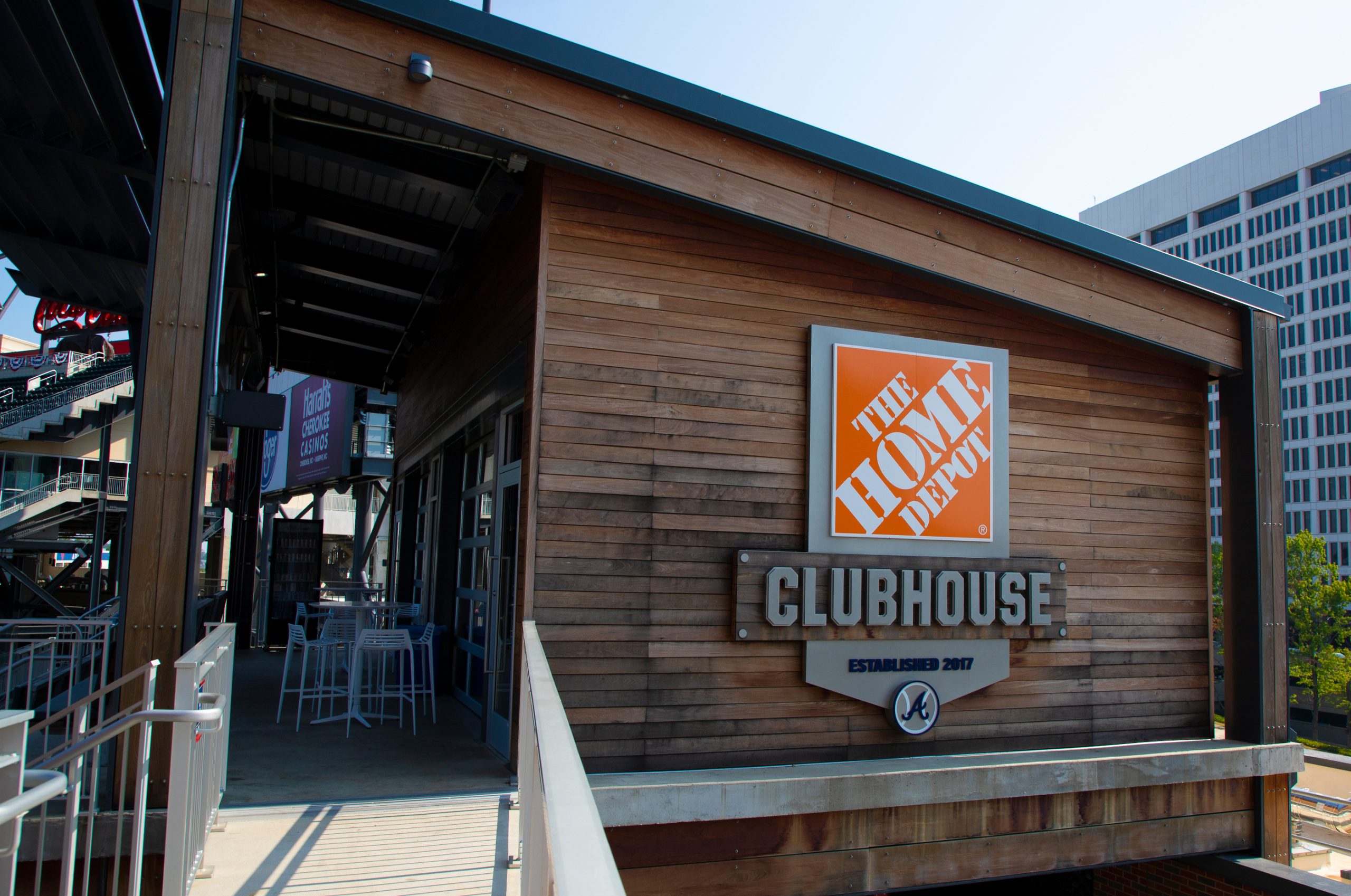Modern Light Fixers: How Sign Makers Can Solve LED Sign Problems

Take a minute to recall a product promotion you may have seen that touted an item as “longer lasting” or “worry-free.” Companies want to give consumers the impression that their offerings are flawless, absent of any characteristics that would cause them to fail. We know, however, that this cannot be the full truth. Cars need tune-ups, computers require updates, and windows must be cleaned. With this in mind, the maintenance aspects of sign projects, specifically those with electrical components, should not be ignored.
No matter how serious a sign’s malfunction, whether it is one faulty element or an entire collapse of the sign system, a sign maker must be on guard to help his or her customers through their troubles. Even with new technology that has brought more dependable products to market like high-quality LEDs and weather-resistant elements, there are ways to keep signs running longer and ensure customers’ confidence in their investments. Because LEDs are so frequently used in electrical sign projects today, sign makers must have an expert grasp on how they function in a complete sign system, and what may cause some sort of interruption in top-level performance.
In general, “LED displays are actually low-maintenance units,” says Josie Salitrero, national sales manager, Vantage LED USA. “As long as the units are well-ventilated, and power is adequate, there isn’t much maintenance required.” However, when combining different pieces, third-parties and environments, there are certain factors to consider.

Common challenges
When thinking of an LED sign, remember there is a team of components working together to provide an attractive and functionally sound illuminated sign.
“LEDs, specifically, work as a system with power supplies,” begins Natalie Picot, senior product manager, signage at Current by GE. “There shouldn’t be anything specific to be maintained since LEDs as a product are maintenance-free. The things that may go wrong are that the LEDs go out, the power supplies go out, or there is an application or installation problem.”
As a point of reference, power supplies ultimately serve as the driver of the LED lighting that regulate the power to the LEDs. If a problem occurs within the power supply, it could cause the entire sign system to fail.
“One of the most common points of failure in an LED illuminated sign is the power supply,” echoes Dion Flaska, product manager at Gemini Inc. Adding that, “Power supplies typically include a four- to five-year warranty, but the best way to prevent these failures is to follow the device manufacturer’s supplied wiring instructions and diagrams to ensure that the power supply is not overdriven.”

On the whole, “Power supplies have a useful lifespan,” states Mike Bluhm, director of global product solutions, SloanLED. “If the sign maker locates these units in a small, hot location, the overall life will be shortened. If the sign maker installs more than what is recommended the unit will fail prematurely.”
A very common and prevalent enemy to power supplies and electrical signage, in general, is heat. The same can be said for damp or wet environments. Either case poses a potential point of failure in LED signage.
“In terms of installation of the LEDs or power supplies themselves, make sure they are kept away from water and heat,” cautions Picot.
Bluhm adds that “If the sign has any water intrusion, most LED systems will fail due to moisture damaging the circuitry. Other issues with things such as connectors and power supplies can be experienced over time.”
Additionally, lack of ventilation, incorrect power to the sign, and drilling into the cabinet may all cause failure in the sign, according to Salitrero.
Again, specific to the actual LEDs, there is typically little to no maintenance required. Most of what users will encounter are problems with keeping the sign face clean, battling inclement weather, protecting the electrical components, or other external factors.
“When dealing with a high-quality LED display, component failure is not very common, especially for the first couple of years,” says Salitrero. “What we find needing attention early on is actually not hardware-related, but communications-based, such as IP addresses being blocked by firewalls and stuff of this sort. Opting for cellular communication which pulls the display off the client’s network entirely is a great way to avoid this.”
Knowledge is power
Going into an LED sign project, sign makers should be aware of specific details to pass along to their customers, including topics such as life expectancy, product quality, and complementary components.
Bluhm ties the life and quality elements together saying, “The life expectancy of an LED system is all dependent on the quality of the product. Poor low-cost LEDs driven above their current limits may not make it past three years. Quality products with top tier LEDs and proper circuitry can last over 100,000 hours.”
Quality remains the top priority in any sign project, especially when sign makers are looking to limit ongoing maintenance. If the right products and components are used from the start, sign shops can pass that quality down to the customer.
“Regarding the quality of the product, one should look for a manufacturer who has performed extensive testing on their LEDs to ensure they perform as advertised,” remarks Picot. “In terms of proper performance of the LEDs specifically, the thing that one has to look out for the most is the placement of the LEDs to prevent shadowing and hot spots on the face.”
Many times, the issue of hot spotting has more to do with the configuration of the LEDs as opposed to the actual quality. Says Bluhm, “Due to the variety of depths, face material and sign construction, some sign shops have to re-position LED solutions to solve for optimum brightness and evenness.”
Aside from providing top-notch quality, sign makers should be aware of other aspects such as how LEDs pair with other sign parts and adhere to standards.
“UL/ETL listing is important to ensure the LED provided is compliant,” states Salitrero.
Flaska adds that sign shops should “always use a licensed electrician that is familiar with local electrical codes. This is important for safety, of course, but also helps avoid potential permitting and inspection problems that could delay use of the sign.”
Of course, any conversation with a client is never complete without discussing price. Sign makers would be wise to weigh any upfront costs of LED signage versus potential maintenance costs of other lighted sign options during financial talks.
“Although an LED’s system still costs more than fluorescent lamps in a sign cabinet,” starts Bluhm, “the quality of light, energy efficiency, and longevity more than makeup for the overall cost premium.”
Being the solution
Even with the advancements of modern technology, there will continue to be issues to tackle, no matter how small the problem. Sign makers who can diagnose, or even troubleshoot, these issues ahead of time will confront far less maintenance concerns later. Here are a few examples to keep in mind.
Construction and configuration
“LEDs can fail over time from a number of reasons,” explains Bluhm. “Poor product construction, improper drive current, or environmental issues may lead to a premature failure. If the LED fails, the only remedy is to replace the product with a new LED product.”

In certain situations, the very placement of the sign’s components may be the root of the problem.
“If a power supply has been installed incorrectly in an area that has caused it to overheat, replacing the power supply will not fix the problem and the replacement power supply will simply overheat again,” says Picot. “There may also be something wrong with the wiring, which a new power supply would not fix. If, however, the voltage test indicates that the power supply is functioning properly and is generating the right output, there’s probably something wrong with the LEDs. Then you can then go in and start replacing the LEDs.”
Power supplies
Just to re-emphasize this point, many of the problems that users discover in LED signage begin with the power supply.
“If the sign does go out, the first thing one should do is to troubleshoot the power supply. The LEDs may dim or turn off, which may mean the power supply has failed or may mean there is an issue with the LEDs,” Picot shares. “Oftentimes the power supply has protective modes that shut down or roll back the power supply when a short or similar has been detected in the system-for example one of our most popular power supplies shuts off to protect itself in the event of overheating or a short in the LEDs.”

Issues with the power supply can sometimes baffle the user, so sign makers should review these possible scenarios with the customer. If onsite maintenance is required, “The best solution is to first disconnect the LEDs from the power supply and check the output voltage,” asserts Picot. “If there’s no voltage you probably have a power supply issue. From there you can go about replacing the power supply; however, it’s important to try to troubleshoot why the power supply may have failed in the first place so that one can prevent it from happening again.”
In many cases, sign makers can default to what manufacturers suggest as far as voltage, product volume, and installation procedures.
“Most LED sign product manufacturers recommend how much product to load onto a power supply,” says Bluhm. “They are also required by UL to provide installation instructions for safe installations. That being said, we see quality issues when these guidelines are not followed. Other issues can happen when the sign maker introduces third party components like flashers, DMX controllers or poor-quality dimmers.”
Color variation
“Another common problem is color variation,” shares Flaska. “Prior to installation, and preferably prior to letter LED population, all LEDs should be checked for color consistency. Color variation can occur even within the same lot or box of LEDs, so this check is very important to avoid costly repair/re-install costs.”
Color is an element that most LED sign customers will want to guarantee is as accurate as possible, especially when working with a specific selection. Any imprecisions in color, and also brightness, will cause frustration among all parties involved.

“Color variation is a rampant issue with LED lighting systems,” asserts Bluhm. “LED chip manufacturers sort their product by color. If the application requires a very low tolerance in color variation the manufacturer would need to purchase at a premium a small color ‘bin’ to eliminate any visual variations.”
Bluhm continues, “LED pole-mounted lights in a parking lot spaced out 50 feet would not require such a small bin as the color shift from one fixture is almost impossible to detect. White LEDs behind white acrylic in a sign require a very low tolerance for variation. Some quality companies who sell LED solutions into the sign market make a practice of only buying from top tier LED manufacturers that can guarantee low variation.”
Extending sign life
As sign makers consult with each customer, they will want to enhance the features that are “worry-free,” much like many promotions that are aired worldwide. The difference with LED signage is that most promises are kept due to the nature of the products involved.
“If the sign maker selects a well-designed LED product there should be no need to service the sign except the occasional power supply replacement when it reaches the end of its ability to covert high voltage to low voltage,” Bluhm says.
And it may go without saying but, “Make sure you have the right power supply with the proper voltage, for example, a 12-volt system versus a 24-volt system,” says Picot.
Sometimes the simplest solutions are the ones that resonate the most. As far as extending LED sign life, users should think about the most opportune time to operate the signage.
“If you want to extend the life, turn the sign off during the day,” says Picot.
Bluhm agrees and adds some sensible ways for customers to achieve optimal usage. He says, “LEDs, like any light source, depreciate over time. We would encourage end-users to utilize a photocell or timer to turn their signs off when illumination is not needed.”
For larger projects, the power supply comes back into play. This time, the question is about its placement instead of quality or overheating.
“Sign makers need to keep in mind that the LED driver doesn’t have to be mounted inside the sign,” explains Bluhm. “Low voltage power supplies allow for extreme remote mounting which offers the sign owner easier access to the power supply if the sign is hard to reach.”
For example, Picot shares that, “In larger projects like a high-rise installation, try to remotely mount the power supply where they are easily accessible. Ease of maintenance is a consideration should something go wrong.”
Ease and maintenance are two words that do not usually go together, however, with LED signage there are typically more solutions than problems. Sign makers that anticipate challenges and have the right grasp on their work will minimize the amount of maintenance down the road.
Learn more: LED Signs: Application and Installation Errors